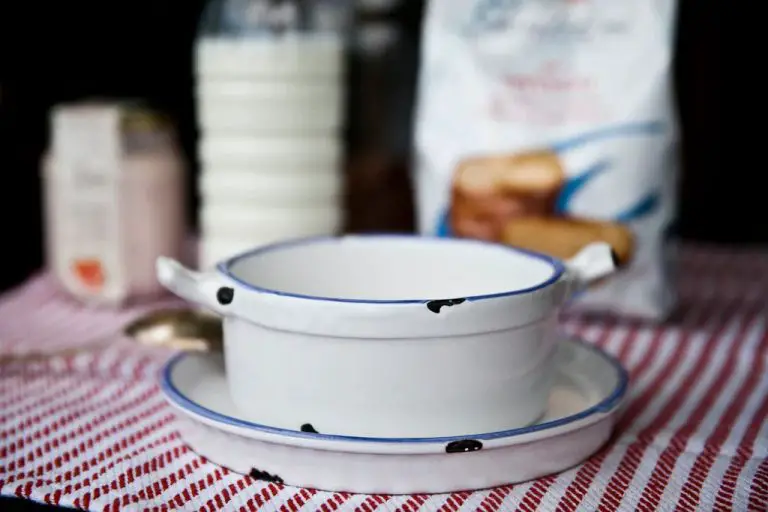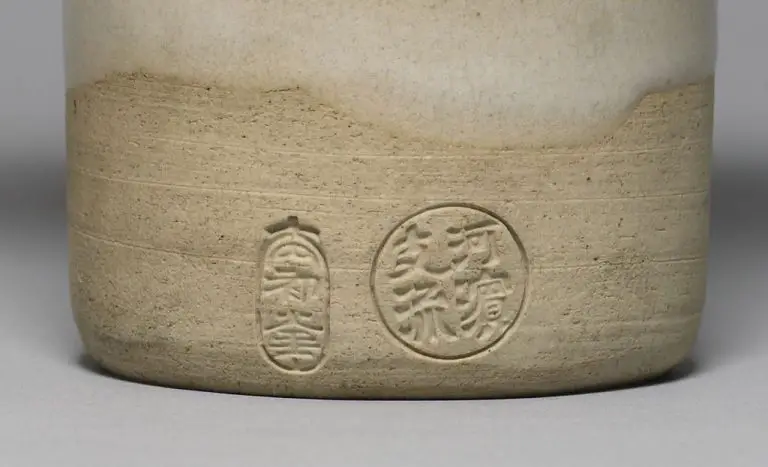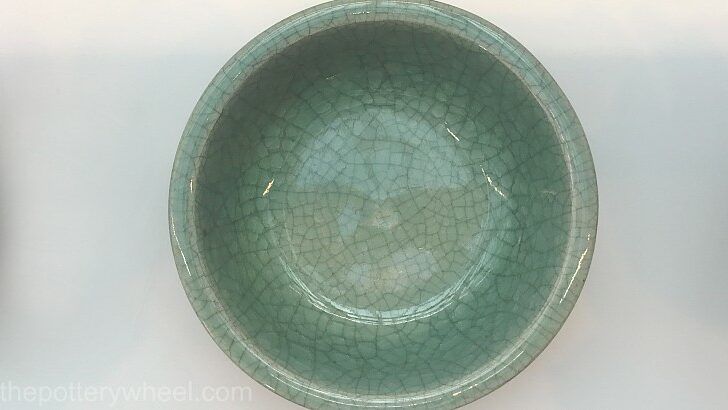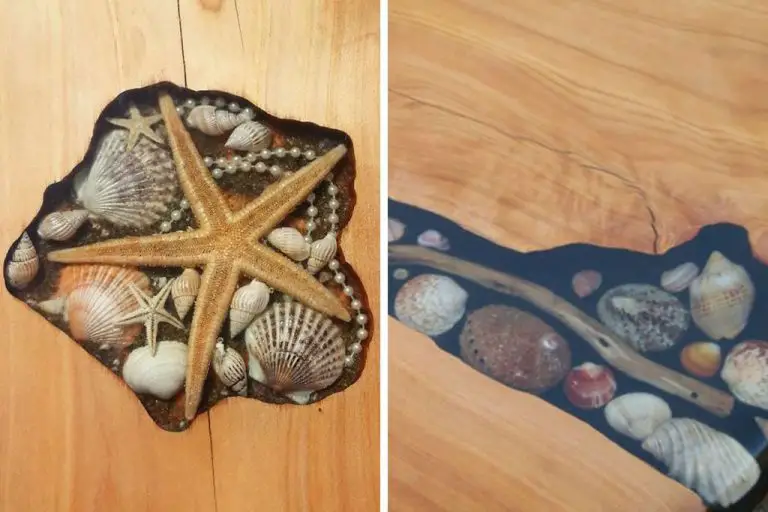Will Super Glue Work On Ceramic?
What is Super Glue?
Super glue, also known as cyanoacrylate glue, is a fast-drying adhesive that is known for its incredible bonding strength and ability to work on a variety of materials. It was originally discovered in 1942 by Dr. Harry Coover while working for Eastman Kodak. Though it was discovered accidentally, super glue has become one of the most versatile and widely-used adhesives today.
The main ingredient in super glue is cyanoacrylate, an acrylic resin that creates strong bonds in just seconds. The cyanoacrylate molecules react with moisture on the glued surfaces to start polymerization, which causes the adhesive to cure and harden quickly. This makes super glue ideal for bonding materials like plastic, rubber, metal, ceramic, paper and more.
There are a few main types of super glues:
- Liquid – The original super glue formula with a thin, easy-flowing consistency. Good for bonding smooth surfaces.
- Gel – A thicker consistency that resists running and dripping. Useful for vertical surfaces or porous materials.
- Cord/Tape – Can be wrapped around objects and provides flexibility.
Key properties that make super glues so versatile include their strength, speed, bonds to various materials, and single-component nature so no mixing is required. With proper care, super glue bonds can often be even stronger than the materials themselves.
What is Ceramic?
Ceramics are inorganic, non-metallic materials typically made from compounds of metal, non-metal, or metalloid atoms held together by ionic and covalent bonds. They are generally hard, brittle, heat and corrosion resistant, and can withstand high temperatures. Ceramics are typically made by heating raw materials to high temperatures and allowing them to solidify.
There are many different types of ceramic materials, including:
- Clay products such as pottery, brick, and tile
- Refractories such as alumina, zirconia, and silicon carbide
- Abrasives such as aluminum oxide, silicon carbide, and boron carbide
- Cements and concretes containing cement, silicates, and aluminates
- Glass ceramics made of silica, alumina, lithium, and phosphorus oxides
- Piezoelectrics like quartz and lithium tantalate
Some key properties of ceramic materials include:1
- High hardness and wear resistance
- Brittleness and low toughness
- High compressive strength
- Low thermal expansion
- High melting temperatures
- Electrical and thermal insulation
Using Super Glue on Ceramic
Super glue can be used to bond and repair ceramic materials, though it has both advantages and disadvantages for this purpose. The cyanoacrylate in super glue creates very strong bonds with porous materials like ceramic. However, super glue tends to create a clouded or frosted appearance on the ceramic surface.
The main pros of using super glue on ceramic are that it quickly forms a strong bond and is easy to apply. The cons are that super glue can leave behind a visible residue or film. It may also not create an invisible bond line on ceramic like it does with some other materials.
To get the best results, the ceramic should be clean and dry before applying the super glue. Gently roughening the surfaces, especially if they are polished or glazed, can help the glue adhere better. Only a small amount of super glue is needed; applying too much will make the bond line more visible. Clamps, tape, or carefully holding the pieces together for 30 seconds usually gives enough time for the glue to set. Proper technique when applying super glue to ceramic is important for getting good results.
How to Apply Super Glue to Ceramic

The key to successfully using super glue on ceramic is proper preparation and application of the adhesive. Here are some tips:
Cleaning and preparing the ceramic surface
Before applying the glue, make sure to thoroughly clean the ceramic surfaces you want to bond. Use warm water and soap or a degreasing agent to remove any oils, grease or dirt. Allow the ceramic to fully dry. Lightly sanding the surfaces can help the glue adhere better.1
Applying the super glue properly
Use only a small amount of glue – a drop or two should suffice. Apply the glue directly to one ceramic surface. Quickly join the pieces, holding them together firmly for 30-60 seconds to allow the glue to set. The surfaces should be held tightly together during this time. Super glue requires slight pressure to bond properly.1
Clamping or supporting while drying
Use clamps, tape or other means to hold the ceramic pieces together firmly as the glue dries and sets. This helps ensure a strong, lasting bond. Allow several hours for the glue to fully cure before removing any supports. The completed piece can be gently handled after about 10-15 minutes, but let it rest undisturbed for several hours for best results.
Super Glue Brands for Ceramic
When selecting a super glue for ceramic repairs, it’s best to choose a brand designed specifically for bonding porcelain, china, pottery, and glass. Top-recommended brands include:
Gorilla Super Glue – Gorilla Super Glue can handle ceramic, metal, plastic, rubber, leather, paper, wood and more. It dries clear and sets in just 10-30 seconds. Gorilla Super Glue Micro Precise is good for ceramic pieces with tiny cracks or breaks.
Loctite Super Glue – Loctite Super Glue Ultra Gel Control works well on vertical surfaces, while the Super Glue Precision Pen is good for small repairs. Both bond leather, metal, rubber, ceramic, wood, plastic and more.
The cyanoacrylate (CA) formula in quality super glues like Gorilla and Loctite allow them to effectively bond smooth, non-porous surfaces like ceramic and glass. The glues cure rapidly by reacting with moisture on the surface of the materials. They work best on completely clean, dry surfaces.
Curing and Drying Time
When using super glue on ceramic materials, it’s important to understand the difference between drying time and full curing time. According to Loctite, super glue will initially dry and form a bond in about 10-30 seconds. However, full strength is not reached until the curing process is complete.
For most super glue formulas, the curing time on ceramic is approximately 24 hours. During this curing phase, the adhesive continues to strengthen its grip. Trying to handle or stress the ceramic before full curing can result in the bond failing.
There are a few tips to follow to allow proper curing time when gluing ceramic with super glue:
- Avoid moving the ceramic pieces until the glue has cured for at least 24 hours.
- Do not let the glued ceramic get wet during the curing phase.
- Ensure the room temperature is between 60-100°F for optimal curing.
- Allow adequate ventilation around the ceramic as it cures.
Patience is key – resisting the urge to handle the ceramic right after gluing helps ensure the super glue reaches its maximum strength. After 24 hours of proper curing, the bond should be very durable.
Strength and Durability
When applied correctly, super glue forms an incredibly strong bond between ceramic materials. The cyanoacrylate in the glue undergoes a rapid polymerization process when it comes into contact with the porous ceramic surface, creating a durable connection on a molecular level.
Lab testing indicates that super glued ceramic joints can withstand several hundred pounds of shear stress before failing. The bond is generally stronger than the ceramic material itself.
Super glue is highly water resistant and can withstand handwashing and short-term water exposure without compromising the bond. However, super glued ceramic is not suitable for prolonged immersion in water or exposure to hot water above 150°F, which can cause gradual weakening of the joint over time.
When evaluating super glue brands for ceramics, look for types marketed as “ceramic epoxy” for maximum bonding power. The epoxy additives help create a more rigid, temperature resistant bond.
With proper application technique, super glue is extremely effective at joining ceramic surfaces with a durable, water-resistant connection that rivals more complex ceramic adhesives.
Safety Tips
When using super glue, it’s important to take proper safety precautions. Here are some tips for safely using cyanoacrylate adhesives:
Ensure proper ventilation – Super glues give off fumes as they cure that can irritate eyes and respiratory systems. Use in a well-ventilated area to allow fumes to dissipate. Avoid breathing the fumes directly. Consider wearing a respirator mask if using large quantities indoors.
Avoid skin contact – Cyanoacrylate glue bonds extremely quickly to skin. Wear gloves and long sleeves when handling to prevent accidental skin bonding. Do not allow children to use super glue unsupervised.
First aid for skin bonding – If skin does accidentally get bonded, do not forcefully pull hands apart. Gently wash with warm soapy water and slowly peel or roll the skin apart using a blunt object. The adhesive will wear off in a few days. Seek medical help for large areas of skin contact. Use acetone nail polish remover to remove adhesive from skin if washing does not work.
For more safety information, consult the manufacturer’s instructions and material safety data sheet. Use only as directed and keep all super glues out of the reach of children.
Sources:
https://diy.bostik.com/sites/default/files/2020-10/Bostik-DIY-Malaysia-Repair-Assembly-Super-Glue-Safety-Data-Sheet.pdf
Common Problems and Solutions
Super glue can be very effective on ceramic, but sometimes issues come up. Here are some of the most common problems and how to fix them:
Cracks
If the ceramic pieces come apart where the super glue was applied, it likely means the glue did not bond correctly. This can happen if there was grease or oil on the ceramic that prevented adhesion. To fix it, clean the ceramic thoroughly with rubbing alcohol and reapply the super glue. Clamp the pieces together firmly as the glue sets.
Foggy or Cloudy Finish
Super glue can sometimes leave behind a foggy white residue or film on the ceramic. To remove it, gently buff the ceramic with a microfiber cloth. You can also try wiping with rubbing alcohol. Avoid scraping tools which could scratch the ceramic.
Visible Glue Seams
If glue squeezes out of the crack and dries visibly, try scraping it away gently with a toothpick. Avoid sharp tools. You can also try applying acetone nail polish remover to dissolve the dried glue. Be careful not to get acetone on areas where you want the glue to remain.
Weak Bond
If the bond feels weak, the glue may not have fully cured. Allow 24-48 hours for it to fully set. Make sure no movements or pressure are applied during that time. You can also try applying an activator spray to accelerate curing.
Frequently Asked Questions
Here are some common questions about using super glue on ceramics:
Is super glue strong enough to fix broken ceramic pieces?
Yes, super glue forms a very strong bond with ceramics and is commonly used to repair broken ceramic items like mugs, plates, figurines, etc. Just make sure the surfaces are clean before applying the glue for maximum strength [1].
What types of super glue work best on ceramics?
Cyanoacrylate super glues specifically designed for ceramics, glass, and porcelain work best. Avoid “all-purpose” super glues. Look for a super glue gel formula, as the thicker consistency makes application easier [2].
Is super glue food-safe for ceramics used for food/drink?
No, super glue is generally not considered food-safe. Use epoxy or ceramic glazes instead for repairing ceramic items used for food or drink.
Can super glue fix large cracks or broken pieces?
For large cracks, missing pieces, or completely shattered items, super glue may not be strong enough. An epoxy or ceramic adhesive specifically made for ceramics would work better.
How long does super glue take to cure on ceramics?
Super glue sets quickly, usually in under a minute. But allow repaired ceramic items to cure for at least 24 hours before use for maximum strength.




